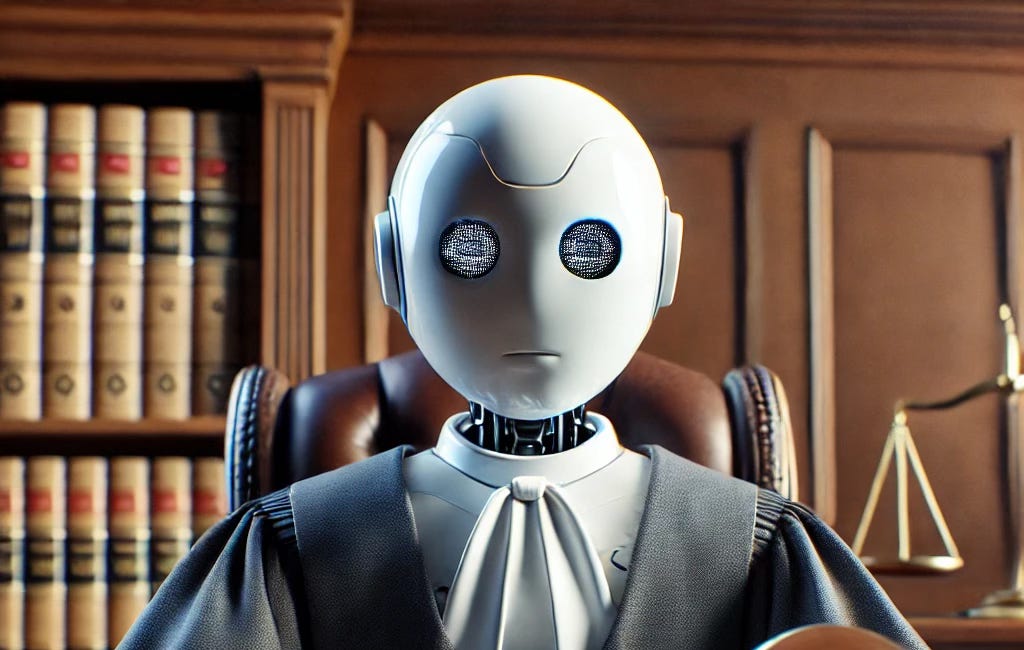- Pascal's Chatbot Q&As
- Posts
- GPT-4o: The lawsuit, brought by David Millette on behalf of other YouTube users and video creators, alleges that OpenAI has been transcribing millions of YouTube videos without consent.
GPT-4o: The lawsuit, brought by David Millette on behalf of other YouTube users and video creators, alleges that OpenAI has been transcribing millions of YouTube videos without consent.
OpenAI could have mitigated the risk of legal action and built a more transparent and ethical approach to using online content for AI training.
Question 1 of 4 for ChatGPT-4o: Please read the article "OpenAI Sued Over Using YouTube Videos Without Creators’ Consent" and the associated court document and tell me what it says
ChatGPT-4o’s answer:
Summary of the Article "OpenAI Sued Over Using YouTube Videos Without Creators’ Consent"
The article discusses a class action lawsuit filed against OpenAI Inc. in the US District Court for the Northern District of California. The lawsuit, brought by David Millette on behalf of other YouTube users and video creators, alleges that OpenAI has been transcribing millions of YouTube videos without the consent of their creators to train its generative AI software products. Key points include:
Ownership Rights: Plaintiffs assert that they retained ownership rights to their uploaded videos and did not permit OpenAI to use them.
Claims: The lawsuit claims OpenAI's transcription and usage of these videos is a form of copyright infringement and violates intellectual property rights.
Profit from Data: It alleges that OpenAI has profited from these transcriptions by enhancing the capabilities of its AI models, making them more valuable to users who purchase subscriptions to access them.
Legal Basis: The lawsuit is based on claims of unjust enrichment and violations of California’s unfair competition law. The plaintiffs seek damages, equitable monetary relief, injunctive relief, and attorneys’ fees and costs.
Summary of the Court Document
The court document, a class action complaint filed on August 2, 2024, by David Millette against multiple OpenAI entities, outlines several allegations and legal arguments:
Nature of the Case: The complaint focuses on OpenAI's use of YouTube videos without consent to train its AI models, such as ChatGPT.
Plaintiff's Allegations:
Unauthorized Transcription: Millette claims that OpenAI has been covertly transcribing videos uploaded to YouTube to create training datasets for its AI products.
Ownership Rights: Millette and other class members retain ownership of their videos per YouTube's Terms of Service.
Unjust Enrichment: OpenAI has allegedly profited from the plaintiffs' videos by improving its AI products without compensating the creators.
Violation of UCL: The complaint states that OpenAI's actions constitute unfair competition under California Business and Professions Code § 17200.
Class Allegations:
Class Definition: The proposed class includes all US and California residents who uploaded videos to YouTube that were transcribed by OpenAI without consent.
Commonality and Predominance: The complaint argues that common legal and factual questions predominate over individual ones, justifying class action treatment.
Claims:
Count I - Unjust Enrichment: The plaintiffs seek restitution and disgorgement of profits obtained by OpenAI from using their videos.
Count II - Unfair Competition: The plaintiffs claim OpenAI engaged in unfair business practices by using their videos without permission.
Relief Sought:
The plaintiffs request class certification, compensatory and punitive damages, injunctive relief, restitution, and attorneys' fees.
The case is identified as Millette v. OpenAI Inc., N.D. Cal., No. 24-04710.
Key Legal Points
Unjust Enrichment: OpenAI allegedly benefited from the use of plaintiffs' videos without providing compensation.
Unfair Competition: The lawsuit claims OpenAI's practices are unethical and injurious to consumers, violating California's UCL.
Class Action Viability: The plaintiffs argue that a class action is the most efficient method to address the widespread unauthorized use of videos.
Contact Information
Plaintiff's Attorneys: Bursor & Fisher, P.A., with contact details provided for various attorneys involved in the case.
Defendant's Information: Multiple OpenAI entities, all based in San Francisco, CA.
This legal action underscores ongoing concerns regarding the use of copyrighted material in training AI models and highlights the legal complexities surrounding intellectual property and AI development.
Question 2 of 4 for ChatGPT-4o: What is the evidence brought forward and does it hold up?
ChatGPT-4o’s answer:
Evidence Brought Forward in the Case
The evidence presented by the plaintiffs in the lawsuit against OpenAI includes the following key points:
Transcription of YouTube Videos:
Plaintiffs claim that OpenAI has been covertly transcribing videos uploaded to YouTube to create training datasets for its AI models without the creators' consent.
An article by the New York Times is cited, stating that OpenAI’s Whisper model transcribed over a million hours of video from YouTube.
Ownership and Consent:
The plaintiffs assert that they retain ownership rights to their videos as per YouTube’s Terms of Service and did not authorize OpenAI to use these videos for training purposes.
Unjust Enrichment:
The complaint alleges that OpenAI has profited from using the transcribed videos to enhance the capabilities of its AI products, making them more valuable to users, who pay for subscriptions.
Training Datasets:
The evidence includes the description of the Whisper model’s training dataset, which reportedly includes 680,000 hours of data collected from the web. This training is said to include YouTube videos, based on the significant discrepancy between the publicly known datasets and Whisper’s claimed training data volume.
Evaluation of the Evidence
Strengths:
Documentation and Media Reports:
The reference to the New York Times report and other media sources lends some credibility to the claims that OpenAI used YouTube videos without consent.
The detailed explanation of how OpenAI’s Whisper model and other large language models are trained provides a clear understanding of the mechanisms behind the alleged transcriptions.
Ownership and Terms of Service:
The assertion of ownership rights based on YouTube’s Terms of Service is a strong legal point, as it clearly outlines the rights of content creators.
Volume of Data:
The argument regarding the volume of data used to train Whisper and the discrepancy with publicly available datasets suggests that OpenAI likely used additional sources, potentially including YouTube videos.
Weaknesses:
Direct Evidence of Transcription:
The complaint lacks direct, concrete evidence that specifically shows OpenAI transcribed and used the plaintiffs’ videos. Much of the argument is based on inference and secondary sources.
The exact mechanisms by which OpenAI obtained and used the videos are not detailed, leaving room for counterarguments from the defense.
Consent and Fair Use:
OpenAI may argue that their use of the data falls under fair use provisions, especially if they can demonstrate that the transcriptions were transformed sufficiently or used in a way that does not violate copyright laws.
They could also argue that YouTube’s Terms of Service allow for certain uses of uploaded content that might not be immediately apparent to users.
Class Action Viability:
Proving that the same practices were applied uniformly to all members of the proposed class may be challenging.
Individual circumstances of how each video was used might vary, complicating the establishment of common legal and factual questions.
Conclusion
While the evidence presented in the complaint outlines a plausible case against OpenAI, its strength largely hinges on proving the specifics of how the videos were used without consent and overcoming potential defenses based on fair use. The case's success will depend on the plaintiffs’ ability to provide more direct evidence and counter OpenAI’s expected defenses effectively. As it stands, the evidence presents a compelling narrative but may require further substantiation to hold up robustly in court.
Question 3 of 4 for ChatGPT-4o: How could the plaintiff have strengthened the complaint?
ChatGPT-4o’s answer:
To strengthen the complaint against OpenAI, the plaintiff could have focused on several key areas to provide more robust evidence and a clearer legal argument. Here are some suggestions for improvement:
Obtain Specific Examples: The plaintiff could include specific examples of their own videos that were transcribed and used by OpenAI. This might involve showing how specific phrases or content from their videos appeared in OpenAI's AI model outputs.
Technical Analysis: Commissioning a technical analysis from an independent expert could demonstrate how OpenAI's models have incorporated transcriptions from specific YouTube videos. This could involve identifying unique phrases or content that could only have come from the plaintiff’s videos.
2. Detailed Examination of YouTube’s Terms of Service
Clarify Consent: The complaint should provide a detailed examination of YouTube’s Terms of Service, clearly demonstrating that uploading videos does not equate to consenting to their use for AI training by third parties.
Highlight Violations: Explicitly point out which terms OpenAI violated by using the videos for training purposes.
3. Strengthening the Unjust Enrichment Argument
Economic Analysis: Include an economic analysis showing how much OpenAI benefited financially from using the plaintiff’s videos without consent. This could help quantify the unjust enrichment claim.
Comparative Cases: Refer to similar cases where companies were found liable for using content without consent, emphasizing precedents that support the plaintiff's position.
4. Broader Context and Impact
Wider Implications: Discuss the broader implications of OpenAI's actions on content creators and the industry. This would help illustrate the scale and significance of the alleged misconduct.
Harm to Creators: Provide testimonials or affidavits from other YouTube creators who can corroborate the claims and describe how OpenAI's actions have harmed them.
5. Legal Precedents and Statutes
Detailed Legal Precedents: Cite specific legal precedents and statutes that support the claims of copyright infringement, unfair competition, and unjust enrichment. This would strengthen the legal basis of the complaint.
Clarify Statutory Violations: More clearly articulate how OpenAI’s actions violate specific statutes under the California Business and Professions Code § 17200 and other relevant laws.
6. Additional Claims
Intellectual Property Infringement: Consider adding more specific intellectual property claims, such as direct copyright infringement, if applicable.
Breach of Contract: If possible, argue that OpenAI’s actions constituted a breach of any implicit or explicit contracts between YouTube, its users, and third parties.
7. Enhancing the Class Allegations
Subclasses: Create more specific subclasses within the broader class to account for different types of content creators and their unique situations. This could help address any issues with commonality and typicality.
Geographic Scope: Ensure that the class definitions are clear and justified, potentially focusing on jurisdictions with the strongest legal grounds for the claims.
Conclusion
By incorporating more direct evidence, detailed legal arguments, economic analysis, and a broader context, the plaintiff could significantly strengthen the complaint. This approach would not only enhance the credibility and persuasiveness of the claims but also better prepare the case to withstand defenses from OpenAI.
Question 4 of 4 for ChatGPT-4o: What could OpenAI have done to prevent this situation from happening in the first place?
ChatGPT-4o’s answer:
To prevent the situation where OpenAI is being sued for allegedly using YouTube videos without creators’ consent, the company could have taken several proactive measures. Here are some strategies that OpenAI could have implemented:
1. Obtaining Explicit Consent
Agreements with YouTube and Creators: OpenAI could have sought explicit agreements with YouTube and individual content creators. This would involve negotiating licenses or permissions to use videos for training their AI models.
Consent Management System: Implementing a system where creators can opt-in or opt-out of having their content used for AI training purposes. This would ensure transparency and respect for creators' rights.
2. Transparency and Communication
Clear Communication: Clearly communicating with YouTube and its users about the intended use of their videos for AI training. OpenAI could have published detailed guidelines and FAQs explaining how and why videos would be used.
Public Announcements: Making public announcements about their data collection practices, including which types of data are being used and for what purposes, to build trust and avoid misunderstandings.
3. Legal Compliance and Ethical Considerations
Legal Reviews: Conducting thorough legal reviews to ensure compliance with copyright laws and platform terms of service. This would involve consulting with legal experts to understand and mitigate potential legal risks.
Ethical Guidelines: Establishing and adhering to ethical guidelines for data collection and usage. These guidelines should be in line with industry best practices and respect creators' rights.
4. Developing Internal Policies and Procedures
Internal Audits: Regularly conducting internal audits of data collection practices to ensure compliance with legal and ethical standards. This would help identify and address any potential issues early on.
Training and Awareness: Training employees and collaborators about the importance of obtaining proper consent and respecting intellectual property rights.
5. Alternative Data Sources
Using Public Domain or Licensed Data: Relying on data sources that are in the public domain or explicitly licensed for use in AI training. This would avoid the complications associated with unauthorized use of content.
Synthetic Data Generation: Investing in methods to generate synthetic data or simulate realistic training data that does not infringe on existing copyrights.
6. Collaborative Efforts
Partnerships with Content Platforms: Forming partnerships with platforms like YouTube to develop mutually beneficial data usage agreements. This could include revenue sharing models or other incentives for content creators.
Engaging with the Community: Engaging with the creator community to understand their concerns and collaboratively develop solutions that respect their rights and interests.
7. Technological Solutions
Data Anonymization: Implementing data anonymization techniques to ensure that individual videos cannot be traced back to specific creators, thus protecting privacy and potentially reducing legal risks.
Content Filtering: Using advanced filtering techniques to exclude content that may be problematic or not clearly authorized for use in training datasets.
8. Policy Advocacy
Advocating for Clearer Policies: Working with industry groups and policymakers to advocate for clearer regulations and guidelines regarding the use of online content for AI training. This would help establish industry standards and reduce ambiguity.
Conclusion
By taking these proactive measures, OpenAI could have mitigated the risk of legal action and built a more transparent and ethical approach to using online content for AI training. These strategies would help ensure compliance with legal requirements, respect for creators' rights, and the fostering of trust within the community.

·
15 JUL
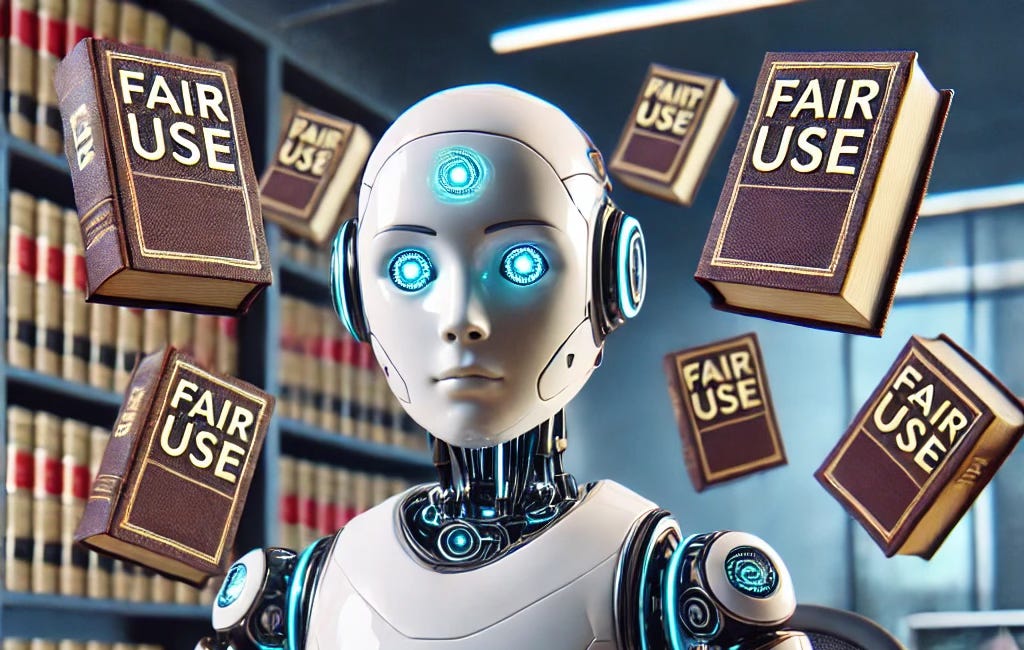
·
3 AUG
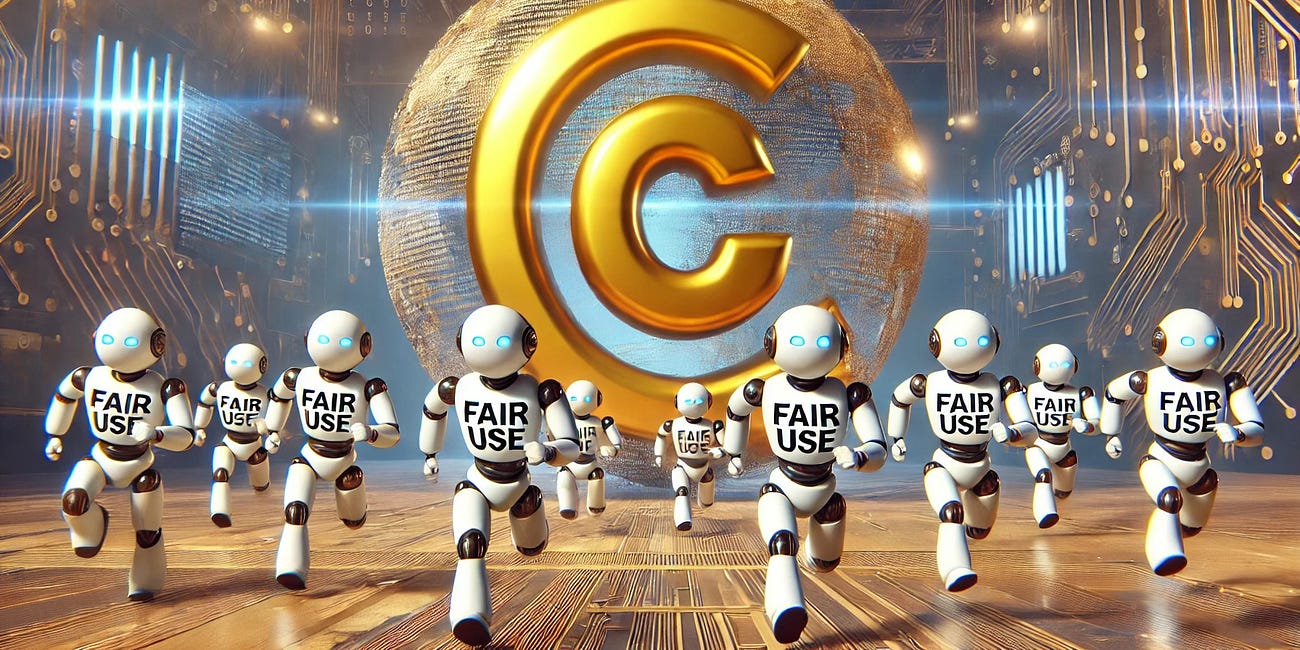
·
4 AUG

·
20 SEPTEMBER 2023

Question 1 of 4 for ChatGPT-4: Please read Authors Guild vs OpenAI https://storage.courtlistener.com/recap/gov.uscourts.nysd.606655/gov.uscourts.nysd.606655.1.0.pdf and summarise what the case is about and let me know how the plaintiffs are presenting the evidence in the case.
·
17 JAN
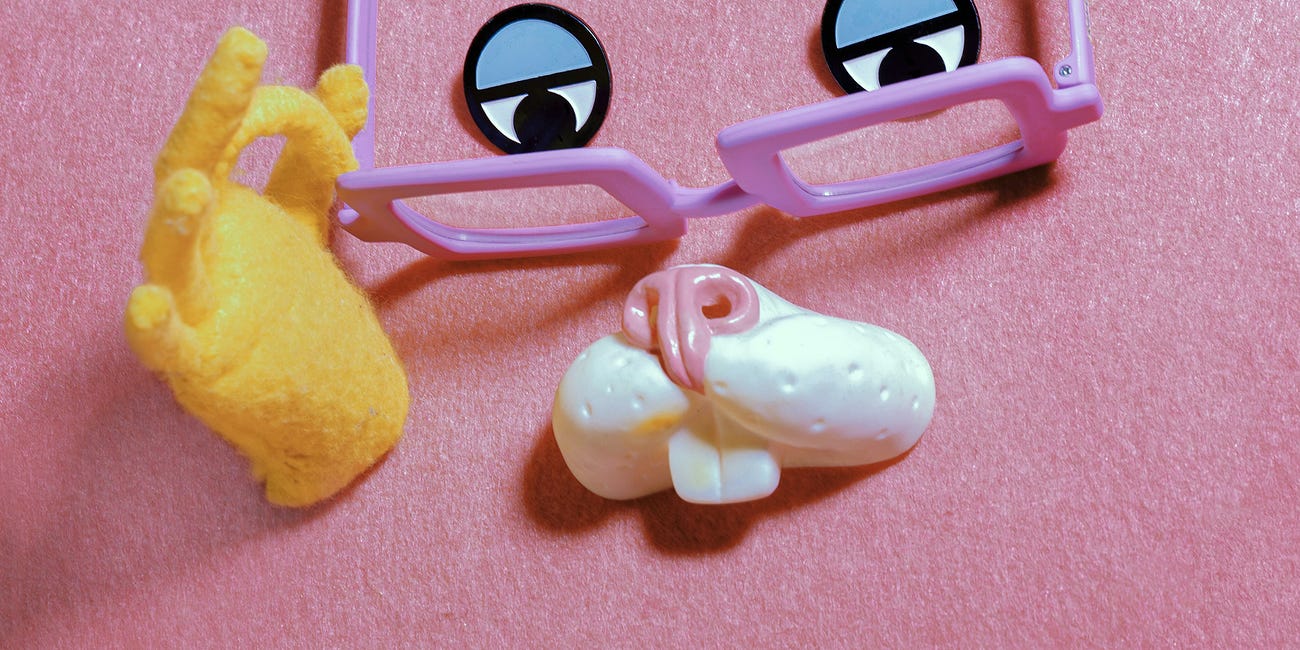
·
1 JUL
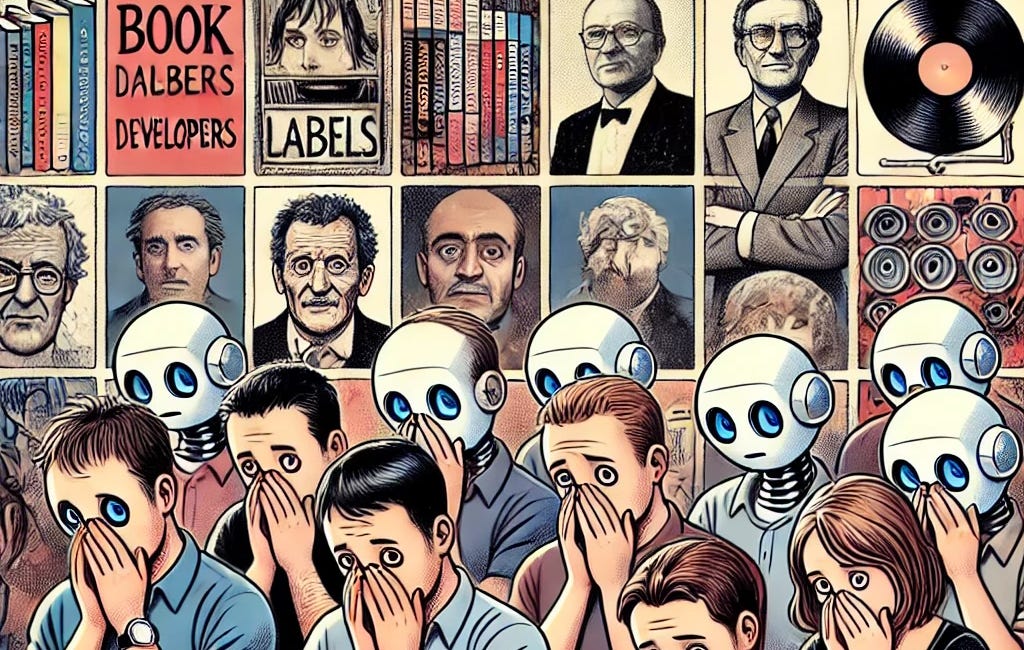
·
1 NOVEMBER 2023
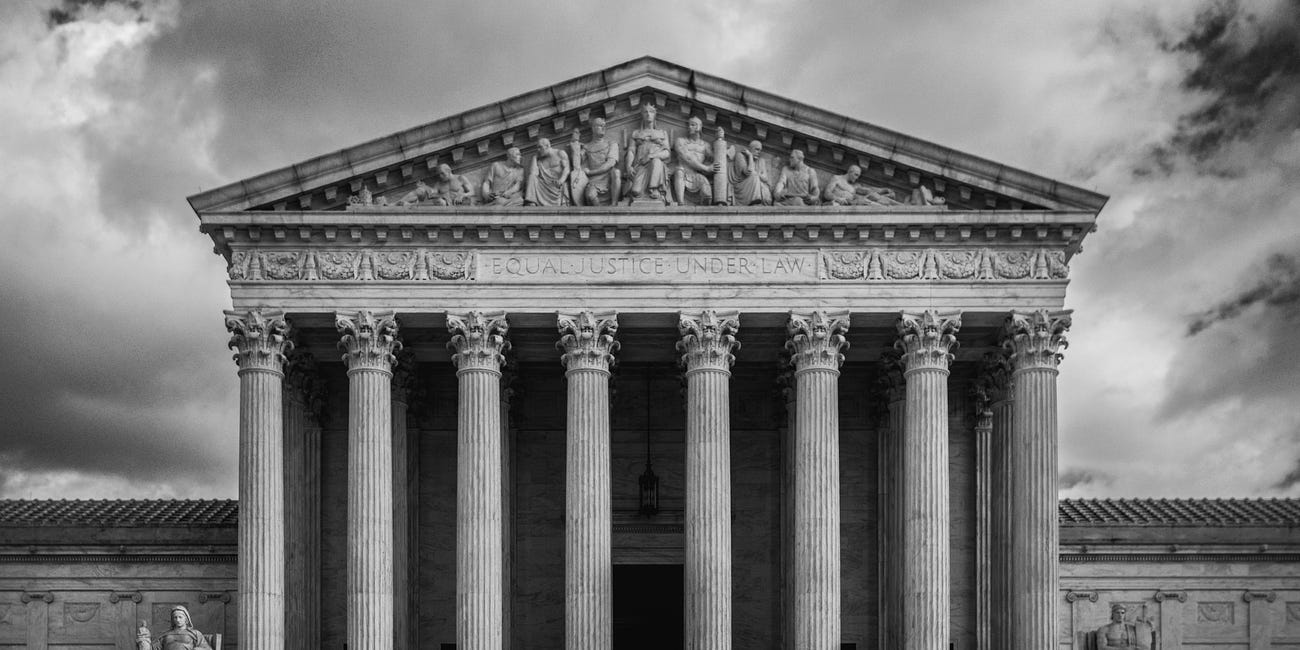
Question 1 of 5 for ChatGPT-4: Please compare the following links and tell me what the overall thought process is regarding Fair Use https://www.reuters.com/legal/litigation/judge-pares-down-artists-ai-copyright-lawsuit-against-midjourney-stability-ai-2023-10-30/
·
16 NOVEMBER 2023
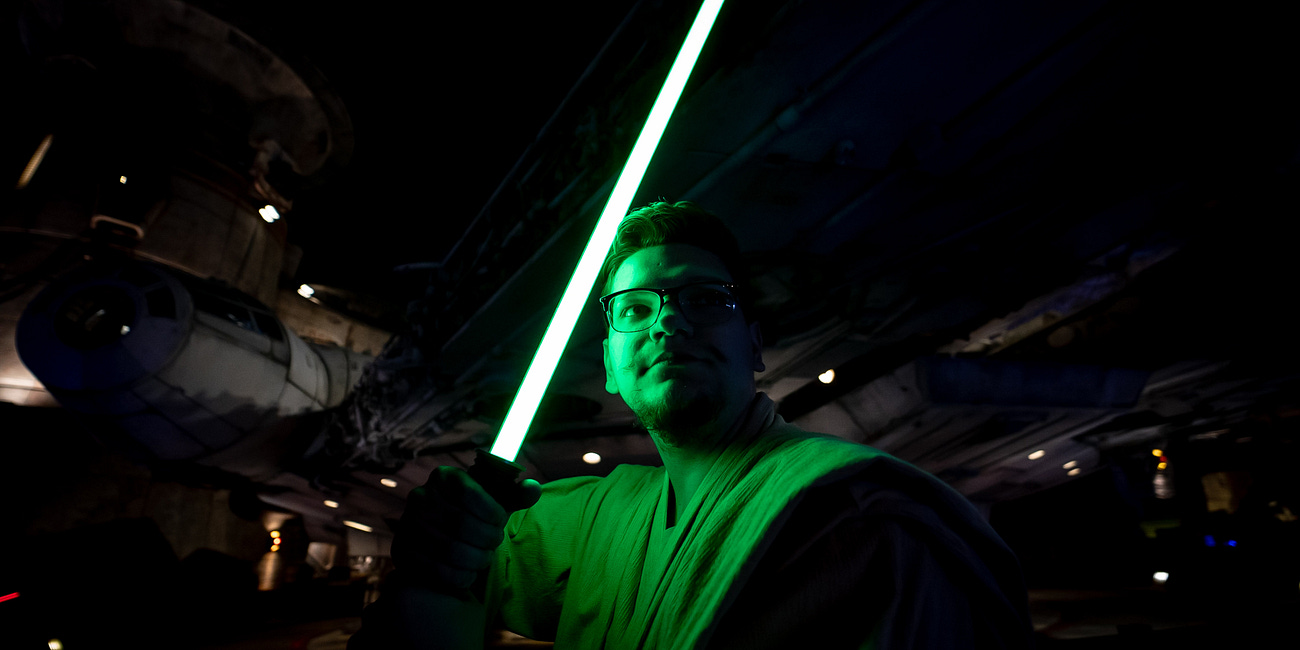
·
6 JAN
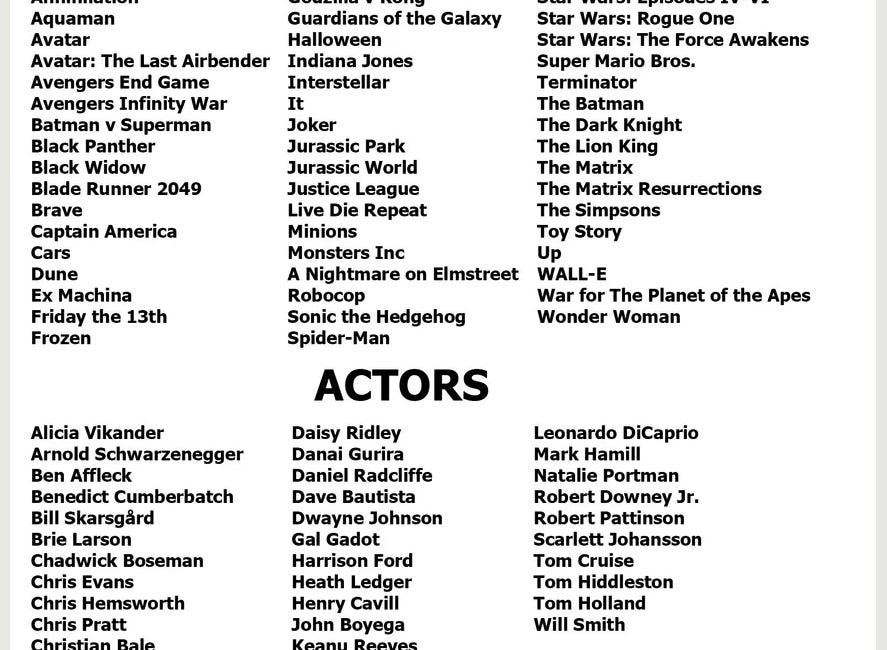
·
4 FEB
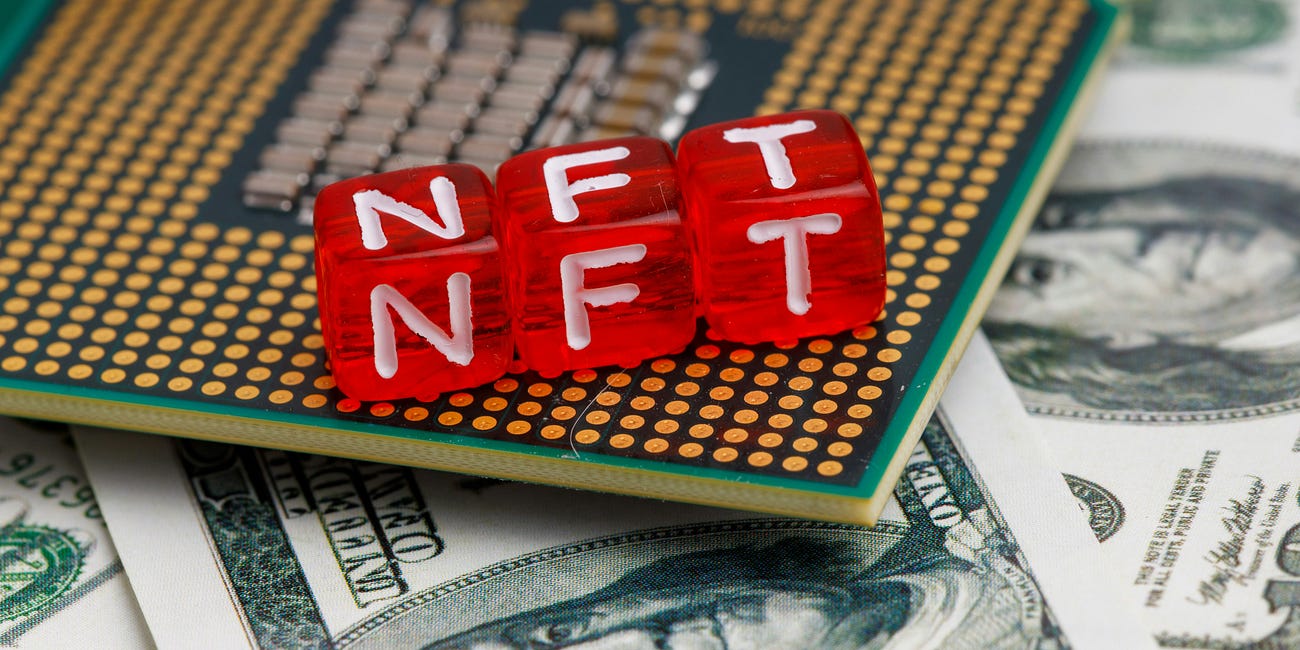
·
7 MAR
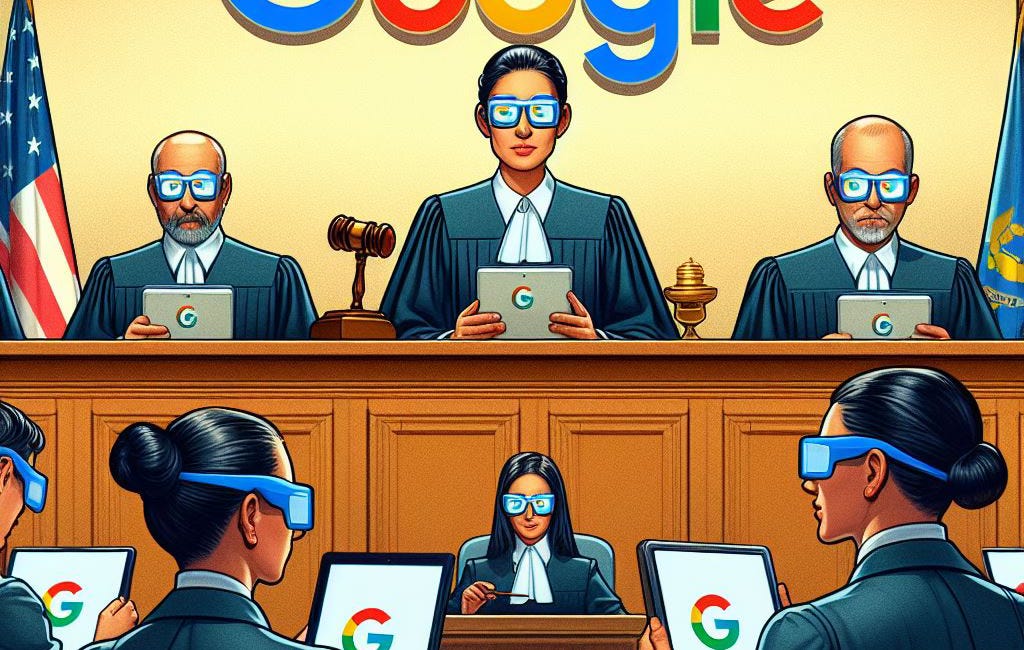
·
6 MAY
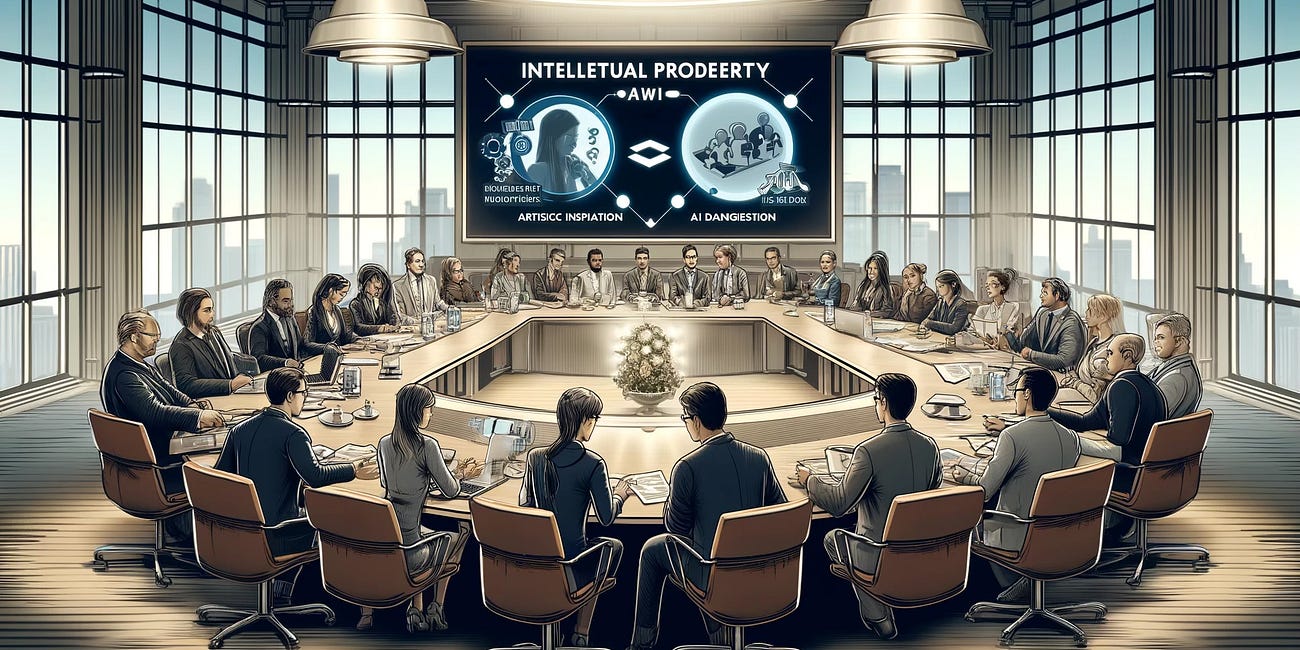
·
25 JUL
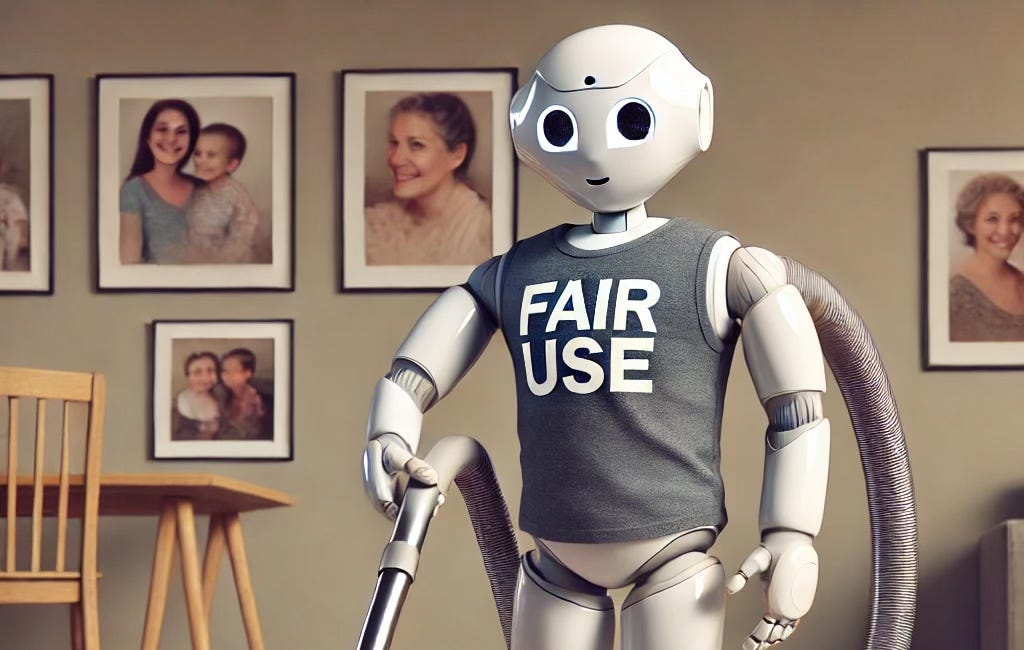
·
4 AUG
